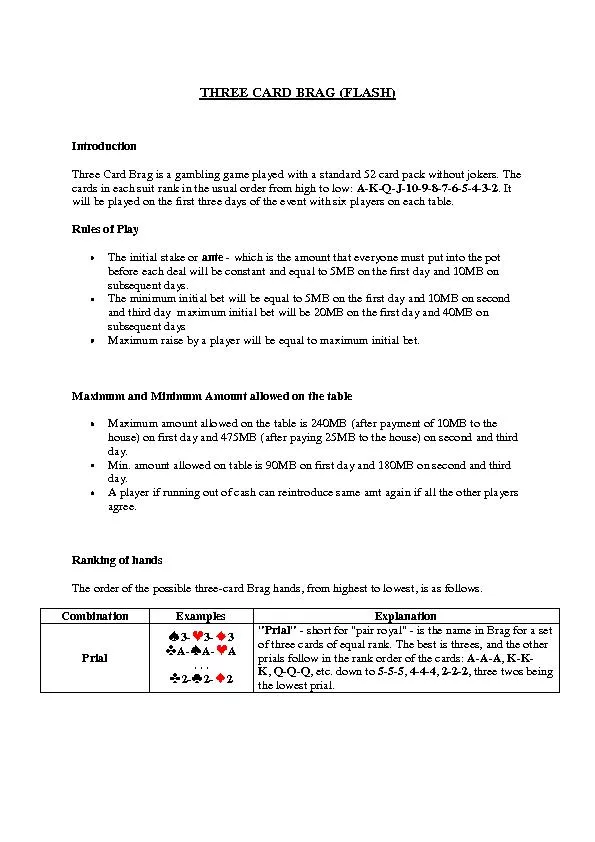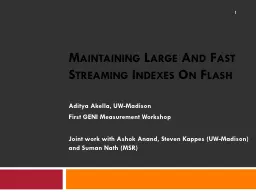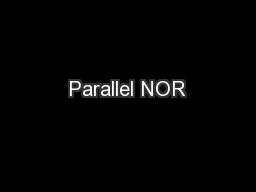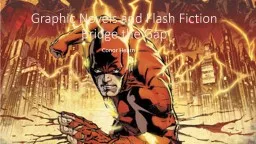PDF-THREE CARD BRAG (FLASH)
Author : alida-meadow | Published Date : 2016-05-16
Introduction Three Card Brag is a gambling game played with a standard 52 card pack without jokers The cards in each suit rank in the usual order from high to low A K Q J 10 9 8 7
Presentation Embed Code
Download Presentation
Download Presentation The PPT/PDF document "THREE CARD BRAG (FLASH)" is the property of its rightful owner. Permission is granted to download and print the materials on this website for personal, non-commercial use only, and to display it on your personal computer provided you do not modify the materials and that you retain all copyright notices contained in the materials. By downloading content from our website, you accept the terms of this agreement.
THREE CARD BRAG (FLASH): Transcript
Download Rules Of Document
"THREE CARD BRAG (FLASH)"The content belongs to its owner. You may download and print it for personal use, without modification, and keep all copyright notices. By downloading, you agree to these terms.
Related Documents














